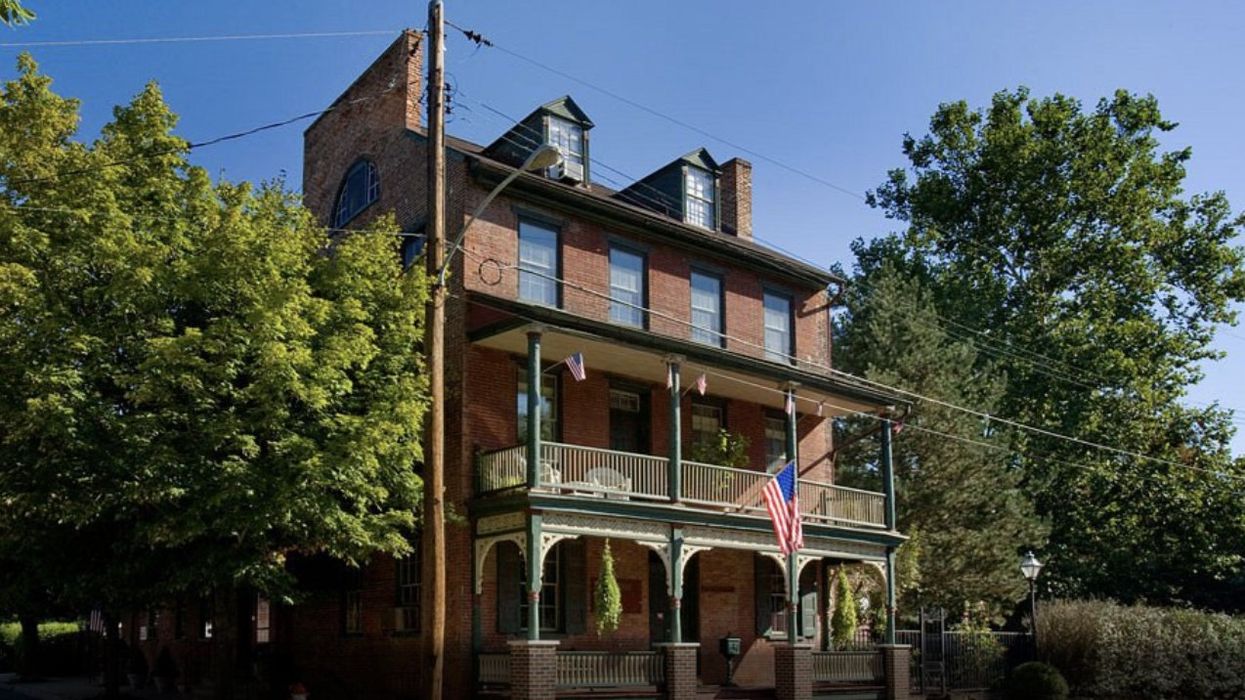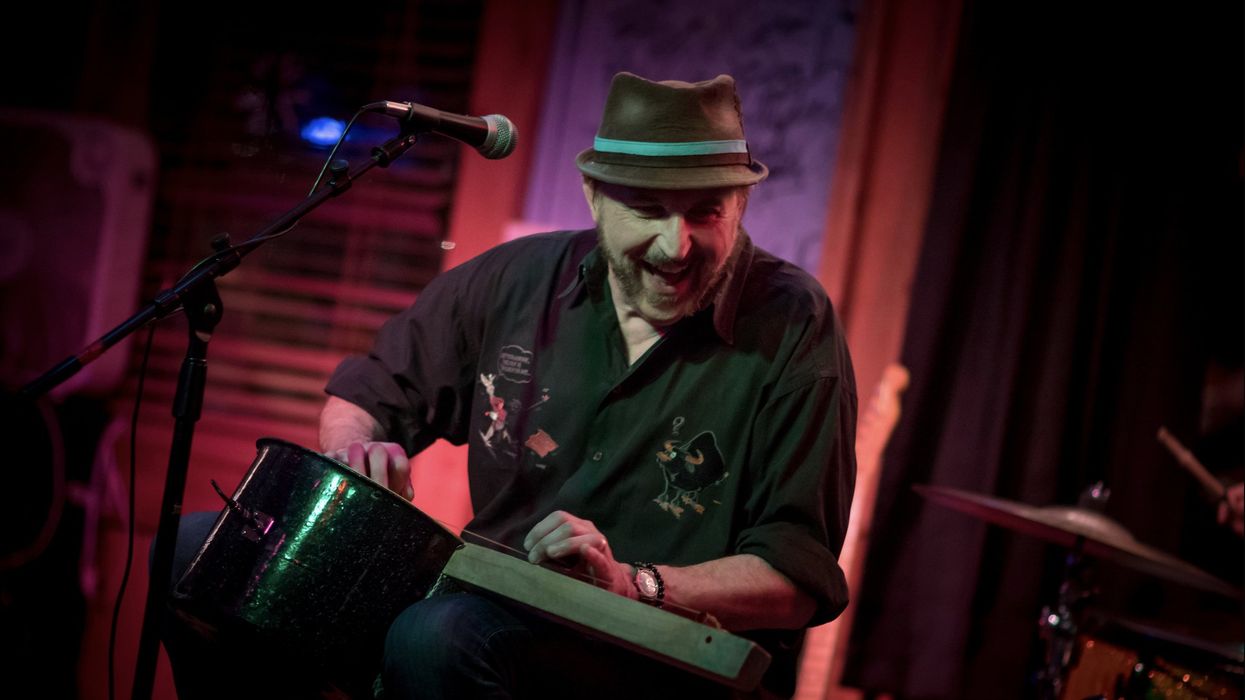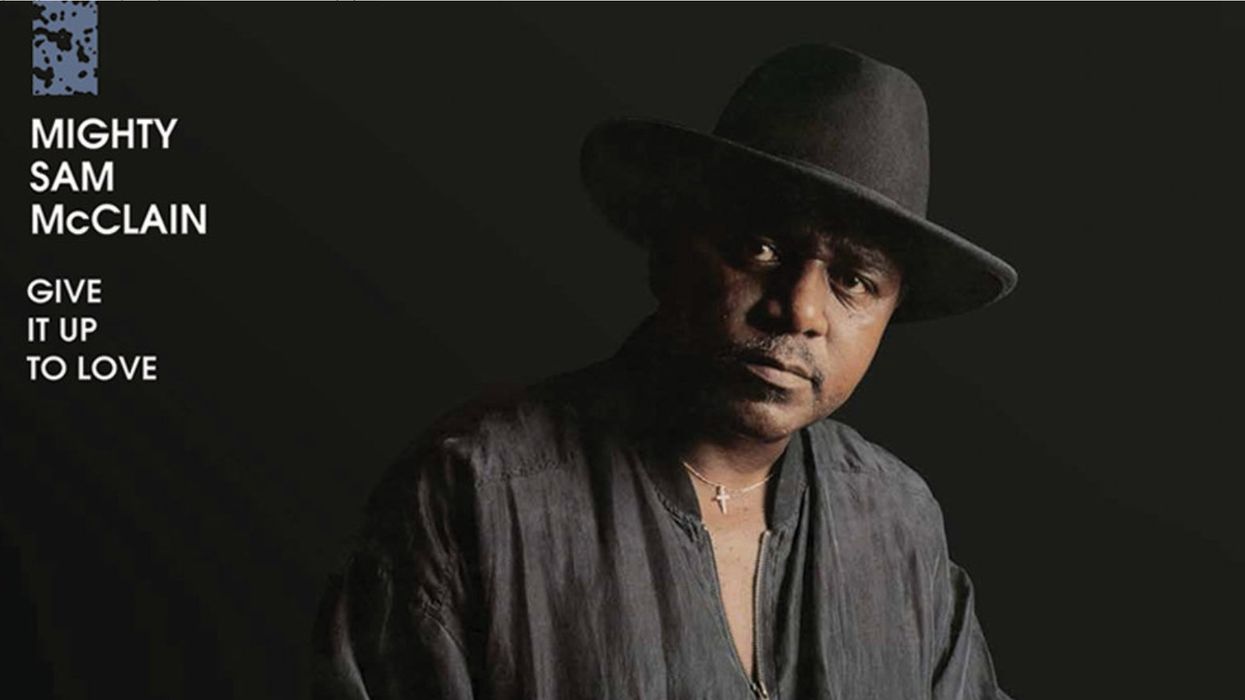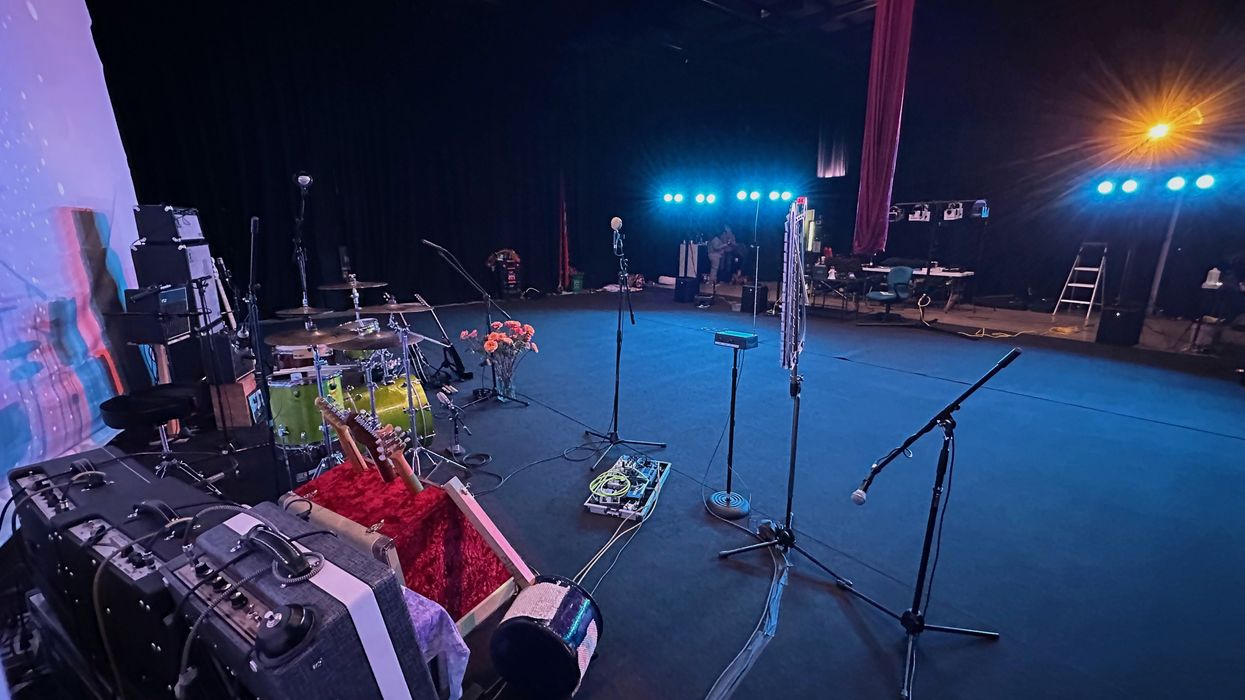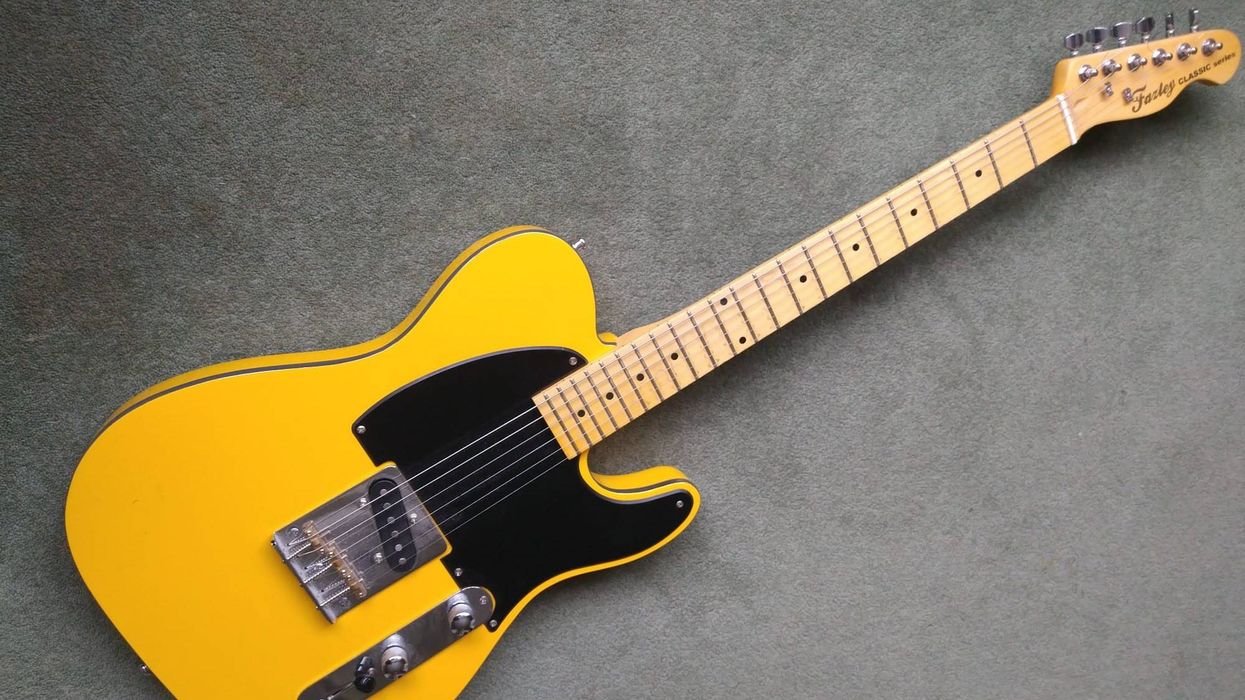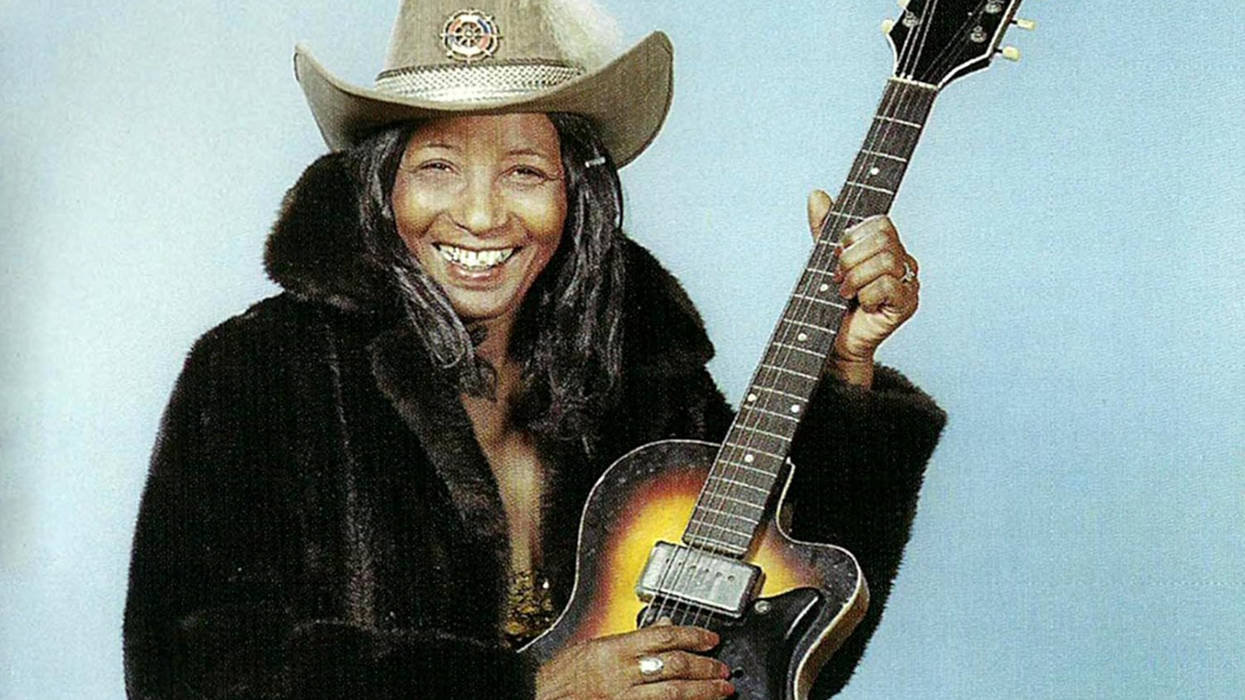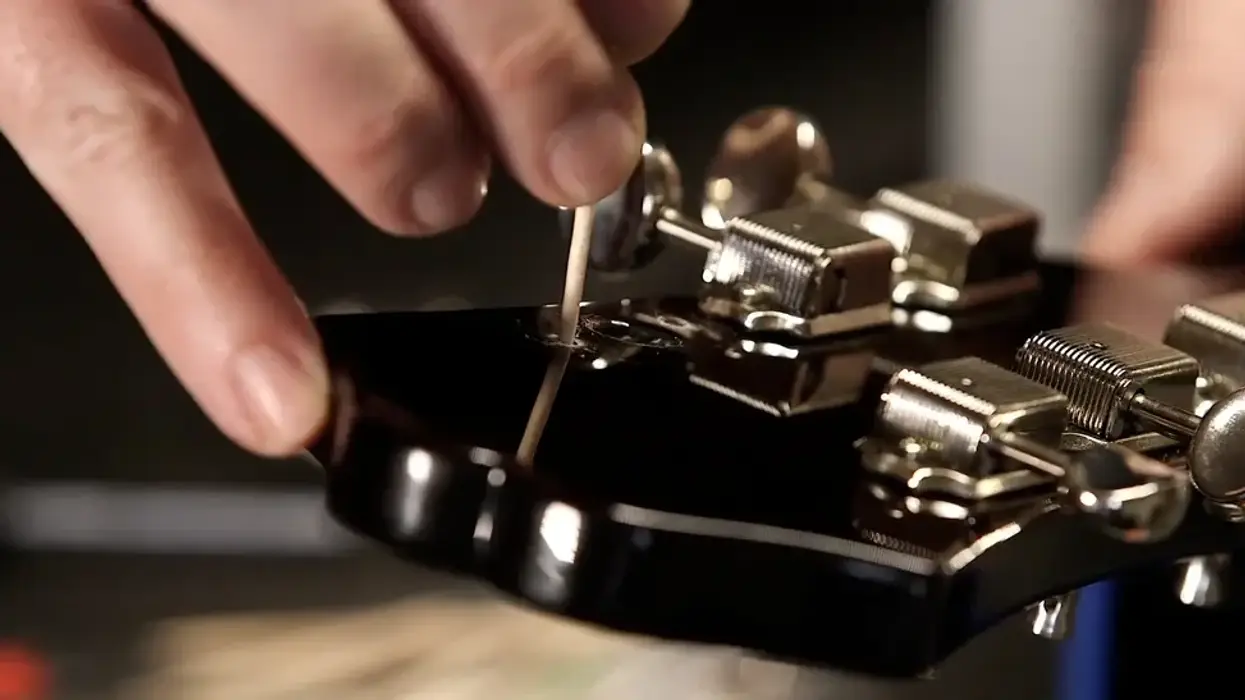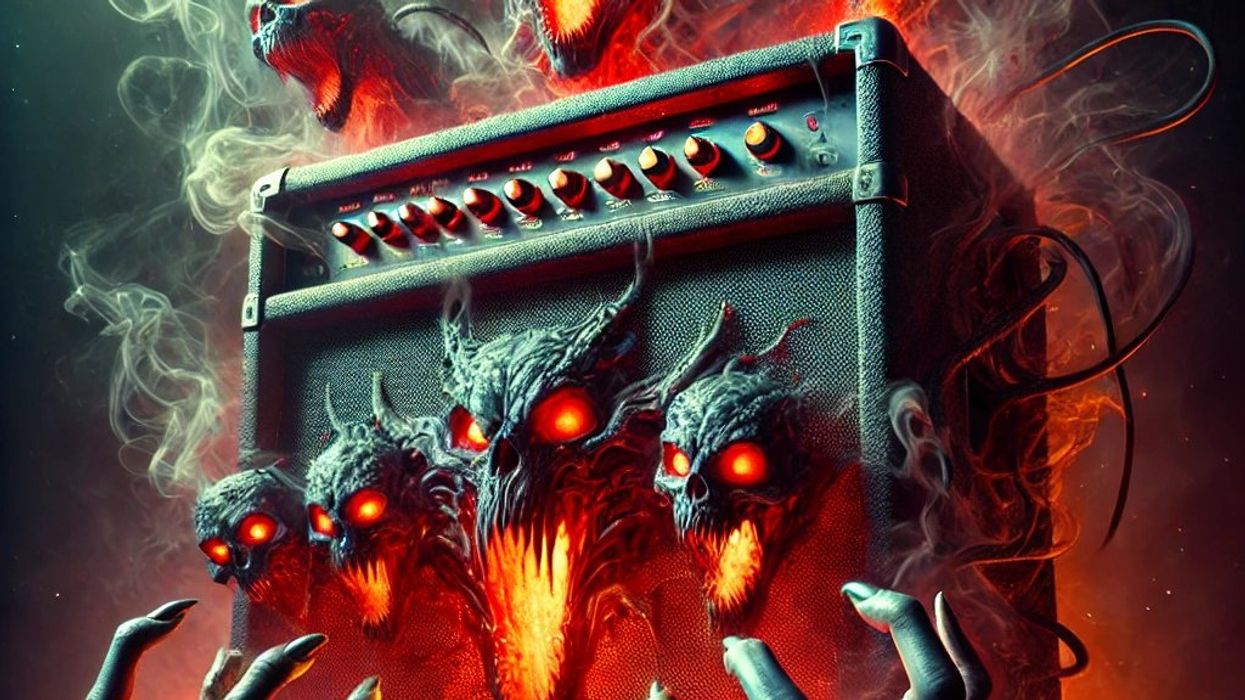While this is our October issue, I know it’s a little early for Halloween, but why should Walmart and Target have all the fun? So, here’s a story about a haunted night on the road.
I used to play a chain of bars and inns in southeastern Pennsylvania, and the inns routinely put up the bands after the gig. A lot of those inns had a reputation for being haunted. One had photos of glowing orbs and whisps floating in mid-air taken in various rooms, and some were said to have spirits that played games with patrons, switching lights on and off, blowing in sleepers’ ears, playing tug of war with bedsheets, or the sound of long-gone steam locomotives whistling in the night. At the time, my band was a Mississippi-hill-country-inspired duo, called Scissormen, and several of my drummers experienced these things, but not me. I typically just slept as well as a chronic insomniac can.
Until one night at the Railroad House Inn in Marietta, Pennsylvania. During the gig, I noticed placards on the tabletops for regular meetings of the Pennsylvania Paranormal Association. After the show, I asked the owner, “Is this place haunted?” And he regaled me with ghost stories, noting that a couple staying in the room at the end of the second floor hall, where a gray lady dressed for an earlier century occasionally appeared, had a tug of war with this haint over their bed covers just the week before. Then he added, “I don’t even want to tell you what happened in your room.” Of course, I had to know. Turns out, over a hundred years ago a traveler had been brutally bludgeoned there for the contents of his purse.
Suddenly, I was less tired then I’d thought I was. So, my drumming compadre at the time, R.L. Hulsman, and I, thought it might be nice to sit on the second story back porch of this beautiful structure built in 1823 and enjoy the sweeping woodland view with a wee dram of Jameson—my other frequent traveling companion in those days. It was a warm but beautiful night, with the stars and moon filling the sky like poetry, and one hour quickly become another and another. R.L. and I could chew the fat for ages.
“I saw a gray figure wearing a bonnet, a Victorian skirt, and a frilled blouse go by. I was silent.”
Then, to my left, at the end of the porch, where the window to the haunted room stood uncurtained, I saw a gray figure wearing a bonnet, a Victorian skirt, and a frilled blouse go by. I was silent. Surely, John Jameson and his sons were playing tricks on me. But after about 20 minutes, Rob leaned in and said, gesturing toward that window, “Hey, did you see…?”
“Yes!“ I shouted back. And after a wee bit more liquid courage we decided to investigate.
The door to the allegedly haunted room was open, and we bumbled in, checking the closet, looking under the bed, tugging the bedcovers to see if we’d get a tug back, and checking for the cold spots that seem to be everywhere on paranormal-investigation TV shows. We sat on the bed for a while, but nuthin’. So, we left, and it was time for me to go back to my murder-scene room.
I changed into my PJs, put a glass of water on the bedside table, and spent some time reading a railroad magazine. (Yes, I am also a hardcore train nerd.) The breeze from the open window was delightful, and I soon fell asleep, waking up about 10 hours later, after one of the most wonderful rests I’ve ever had on the road. We lit out for the next gig, relaxed and ready to roll ’n’ rock, in that order.
If you expected a cataclysmic encounter with the souls of the dead, I’m sorry to disappoint. This doesn’t mean I discount others’ experiences, because I have seen and experienced some strange things, indeed. Maybe this spirit was kind, as well as playful, and gifted me the night’s sleep she knew I needed. And while I never played the Railroad House again, I do treasure this night and the memory of the sighting I either did or didn’t have—just another weird tale from decades spent on the road.
